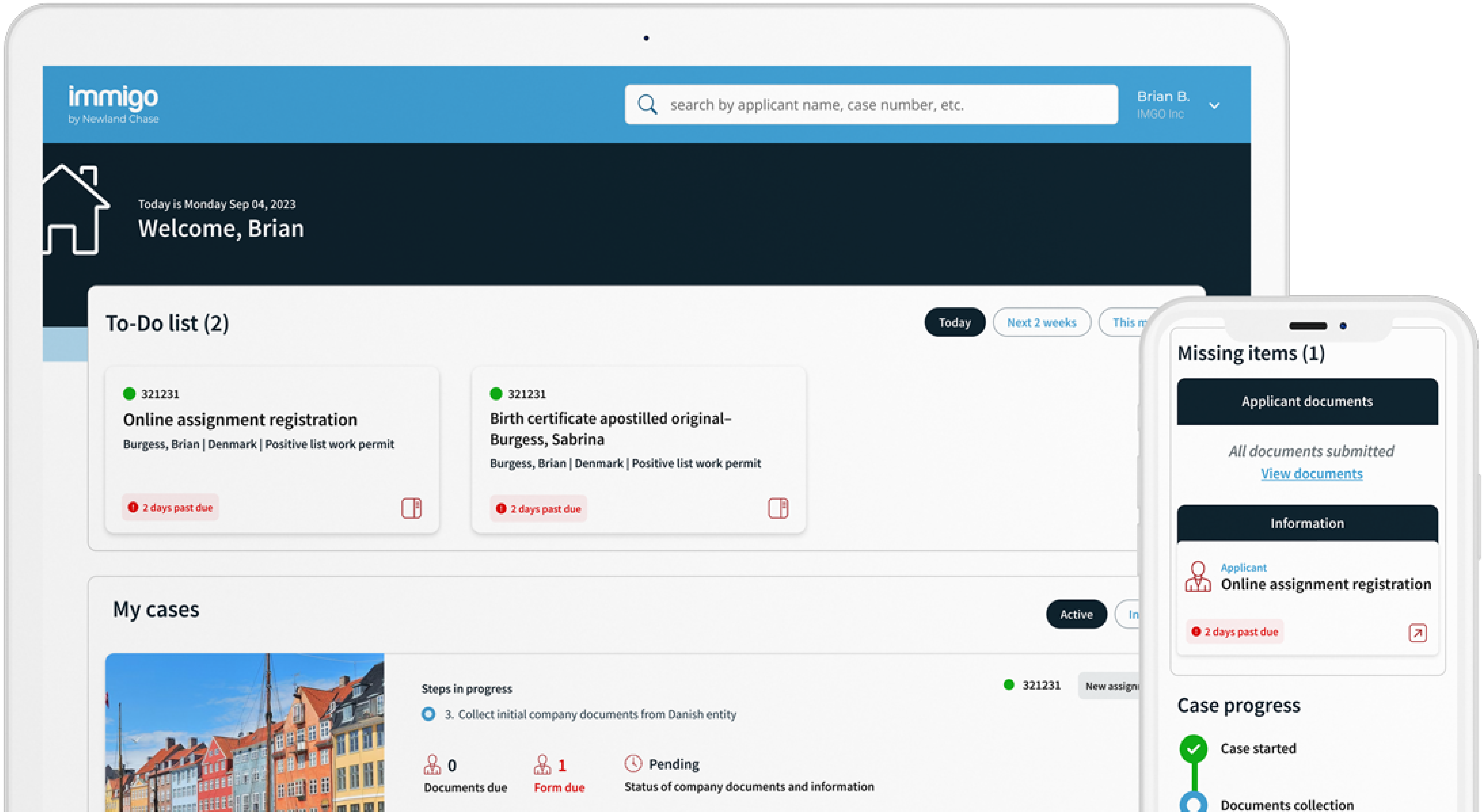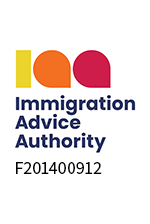Get The Visibility Your Company Needs
Reduce compliance risks and mobility costs while managing individual and project-related travel with ImmiSMART: the solution that unifies your travel and mobility programs.
UNITED KINGDOM: A New Plan
July 21, 2022
The UK government has published its ‘New Plan for Immigration: Legal Migration and Border Control’, “setting out the vision for [the UK’s] border and legal migration system of the future… to a stronger, more secure and prosperous Union”.
By implementing its vision, the Home Office claims that the UK will boast the world’s most effective and secure border system, to enable and support growth prosperity, that (with help from the Law Commission) will be simple to understand and operate, and that prioritises public protection.
On the back of its revamping of the points-based system in 2021 – and which the New Plan extols, citing its many successes – and the subsequent provision of “safe and legal routes” to the UK via the Hong Kong British Nationals (Overseas) route, Afghan Citizens Resettlement Scheme, and Ukraine Schemes, the Home Office’s focus is now shifting to the individual circumstances of those using the UK’s immigration system, by promising the following by 2025:
- Improved customer services through:
-
- the provision of simple guidance for individuals, including the publication of ‘how to’ videos, so that users will more clearly understand their eligibility, the application process, and how to comply with UK immigration rules;
- call centres and digital self-service for information, process explanations, and guidance on being compliant, including the introduction of chatbot and voicebot functionality scheduled for 2023;
- streamlined digital application processes, using identify capture and verification;
- faster application processing;
- continued roll-out of ‘eVisas’, accessible via a user-friendly online system (digital customer account) or ‘system to system’ services;
- continued implementation of the ‘View & Prove’ service via the user’s digital customer account, allowing individuals to demonstrate their rights via simple online services, with greater sharing of data between government departments (e.g. DWP, HMRC, NHS are already in place, and the proposed involvement in 2022/2023 of DVLA, Social Security Scotland, the Student Loans Company and some local authorities), including the One Login programme, to reduce need for individuals to repeatedly demonstrate their rights and entitlements;
- conversion to eVisas for those individuals with existing immigration status by the end of 2024, for which help and guidance will be provided; and
- phasing-out of physical evidence of immigration status (e.g. BRPs) by December 2024 – the Home Office assures that lessons learnt from Windrush mean that no-one should be left-behind through this transition, with help to be provided for those converting to eVisas
- better targeting and “watchlisting” at the border;
- slicker and more efficient borders:
- higher levels of e-Gates usage, on the basis that “we live in a digital age, in which businesses and customers expect a swift, user-friendly experience”, with a view to lowering the user-age minimum from 12 to 10 years and extending usage to individuals with immigration permission;
- implementation of better informed ‘counting in and counting out’ processes;
- more efficient use of biometric data from 2022/2023, to recognise individuals at different points in the system, thereby removing the need for repeat capture of such data;
- partnership with all types of carriers and ports by early 2024 to enhance user experience by developing a single, integrated approach to security, immigration, and health (if applicable) pre-departure checks, based on the Home Office’s existing Advance Passenger Information (API) systems; and
- improvement of digital case working processes
In conjunction with the delivery a fully end-to-end digital customer experience, there are also ambitions for:
- contactless travel for British citizens and “most trusted overseas partners” of the UK;
- a flagship “permission to travel scheme” to be unveiled in 2023, touted as making it easier for the UK’s ‘friends’ to travel and contribute to the UK, in turn making it “harder for those we do not want to come here” – this will require all travellers to the UK to secure permission prior to travel here, with a view to avoiding ‘turning away’ or detaining travellers at ports of entry;
- the roll-out of Electronic Travel Authorisations (ETA) in 2023 (Q1 Private Beta test; Q1-Q3 – Qatar, Kuwait, United Arab Emirates, Oman, Bahrain, Saudi Arabia; Q3-Q4 rest of the world), required by travellers to the UK to enable the Home Office to address issues “upstream” and garner intelligence on those wishing to come to the UK – to be issued an ETA (not a visa but permission to travel – leave to enter will still be required at the port of entry), travellers will be required to provide biographic, biometric and contact details, and answer a short set of suitability questions;
- reductions to processing times for sponsor licence applications in the wake of reforms to this process between now and 2024, with improvements to short-term issues in labour supply expected for delivery by Spring 2023 – it’s worth noting, however, that the August 2021 Sponsorship Roadmap indicated reforms were intended to be implemented by 2024, whereas this has been pushed-back to 2025 (subject to user feedback and testing), as follows:
-
- Early 2023 – to streamline the process for sponsors, applicants and enable more efficient caseworking, existing sponsors will have the ability to invite a worker to make their visa application once role details have been approved with the role information pre-populated;
- Late 2023 – to give the Home Office greater understanding about a sponsor and their sponsored worker, and allow for quicker decision-making the online management system for all sponsors to carry out post licence activities will be improved e.g. allowing sponsors to make changes such as adding users to their licence; and
- Early 2024 – to make it easier for prospective sponsors to apply for a sponsor licence automated data checks will be introduced – this will reduce the opportunity for abuse, reduce and simplify the evidence requirements placed on prospective sponsors, and reduce casework processing times
- Exploration of existing and new automation technologies for air, maritime and rail ports and the trial of a pre-clearance model where border control requirements are fulfilled prior to the individual’s departure
Newland Chase will be keeping a close eye on the above developments with a view to keeping our clients ahead of the curve. Individuals and organisations impacted by this development are encouraged to contact their Newland Chase immigration specialist for case-specific advice.
For general advice and information on immigration and business travel to the UK, please contact us.




